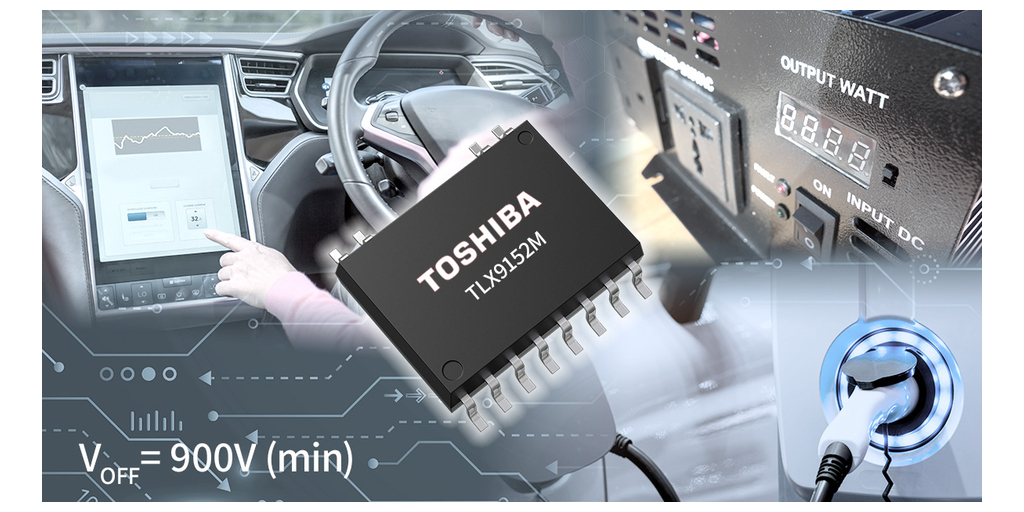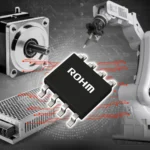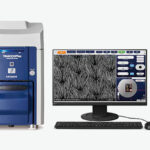ASIA ELECTRONICS INDUSTRYYOUR WINDOW TO SMART MANUFACTURING
New Toshiba Automotive Photorelay Handles 900V
Toshiba Electronic Devices & Storage Corp. has launched TLX9152M, an automotive photorelay[1] with an output withstand voltage of 900V(min). Specifically, this feature makes it highly suitable for application in high-voltage automotive batteries. The new photorelay is housed in an SO16L-T package. The company starts volume shipments of the photorelay.

Improved charge times and a longer cruising range are essential for wider adoption of electric vehicles, and both require more efficient operation of battery systems. Meanwhile, battery management systems (BMS) realize efficient system operation by monitoring the battery charge status. Also, it achieves insulation between the battery and the vehicle body that is essential for the safe use of high-voltage batteries. BMS, which must handle high voltages, uses electrically insulated photorelays.
Particularly, photorelays commonly used in battery systems must have a withstand voltage of approximately twice the system voltage. Given this, an output withstand voltage of over 800V is necessary for a 400V system. Toshiba’s new product is suitable for 400V systems as it has an output withstand voltage / supply voltage of 900V.
Specifically, TLX9152M is housed in an SO16L-T package. Most high-voltage photorelays uses this including Toshiba’s TLX9160T, which has an output withstand voltage of 1500V. Also, the use of this package facilitates common circuit board pattern design.
Mainly, it suits BMS applications, including battery voltage monitoring, mechanical relay sticking detection, ground fault detection, as well as replacement of mechanical relays.
Note:
[1] In photorelays, the primary (control) side and the secondary (switch) side are electrically isolated. Switches connected directly to the AC line and switches between equipment that differ in ground potential can be controlled through insulating barriers.
-30 August 2024-




